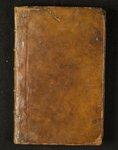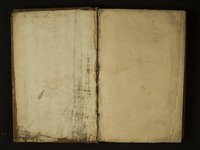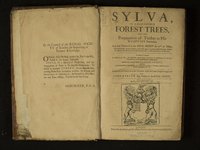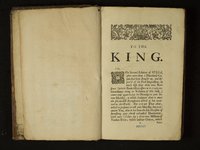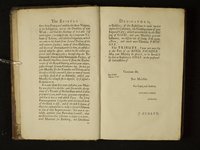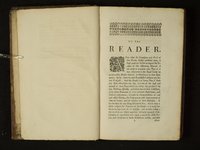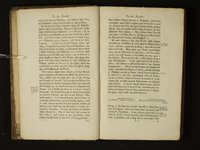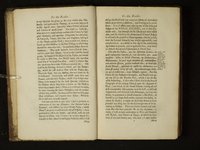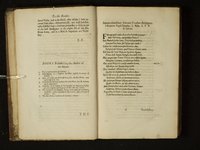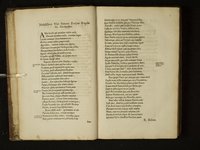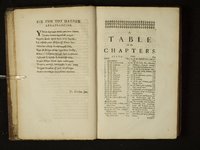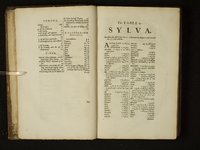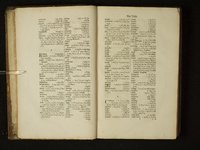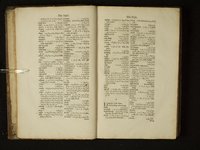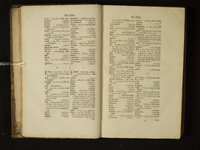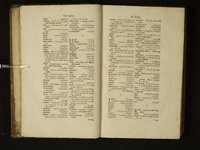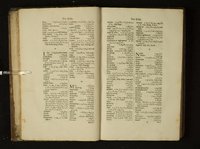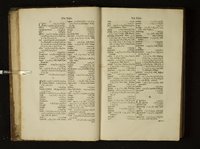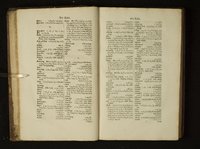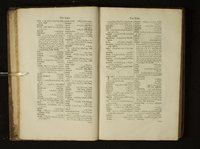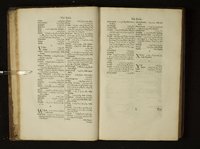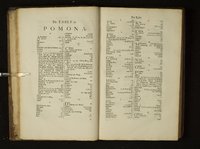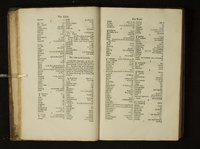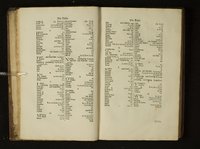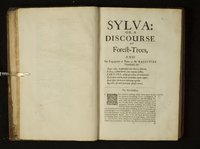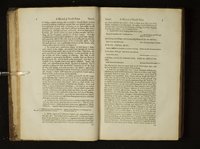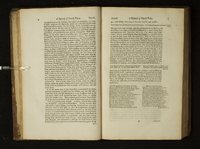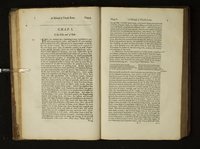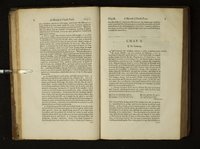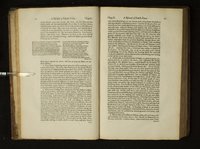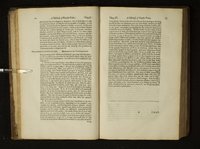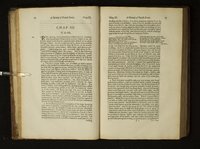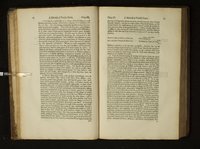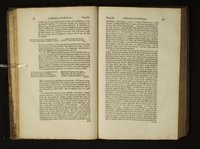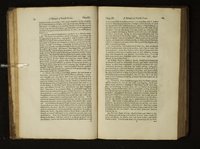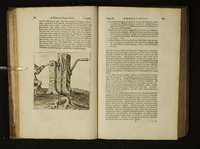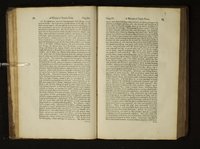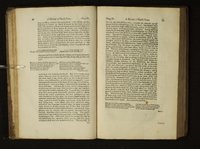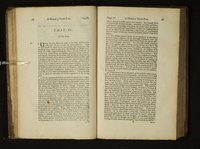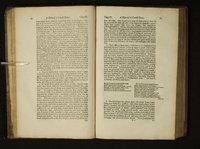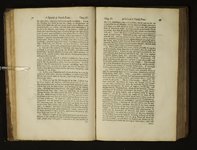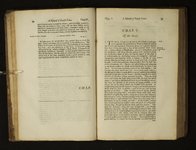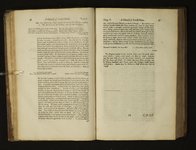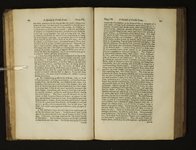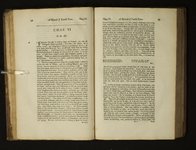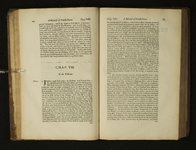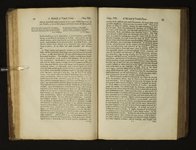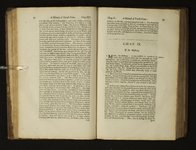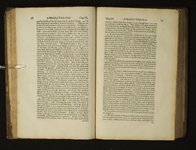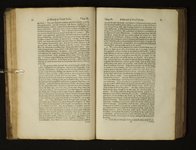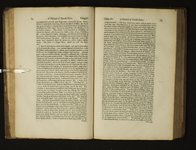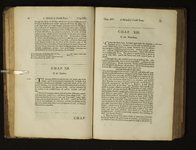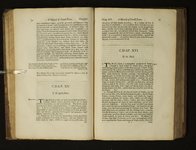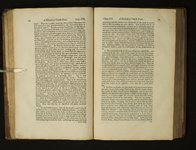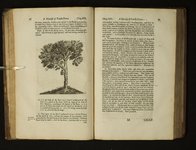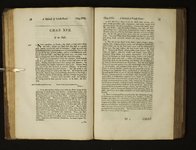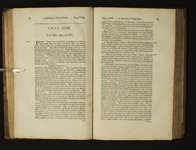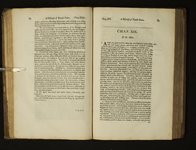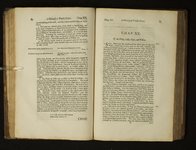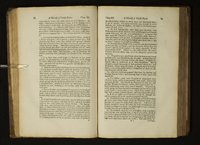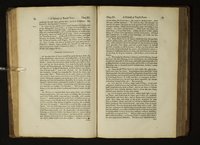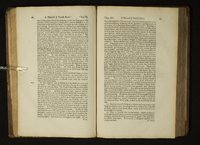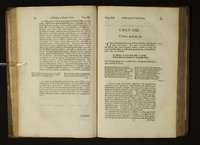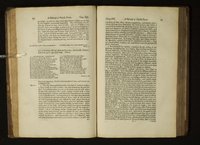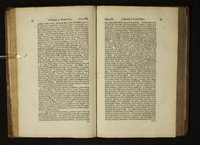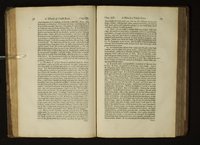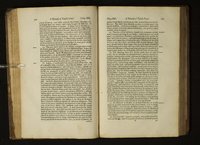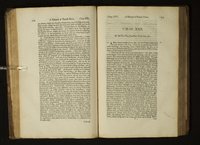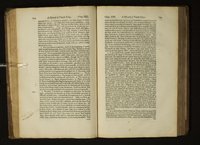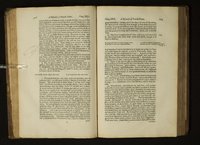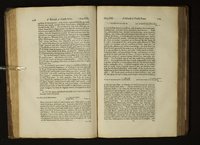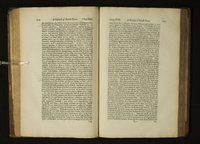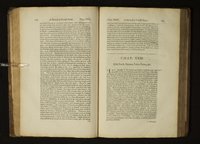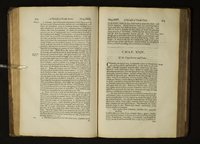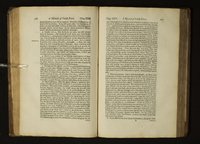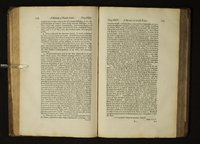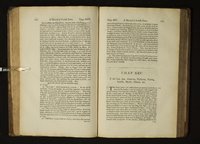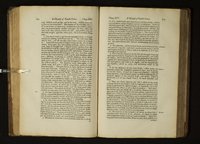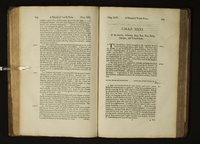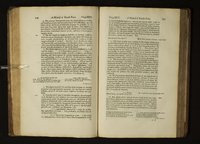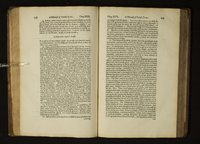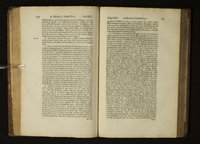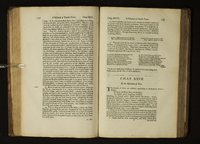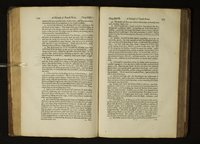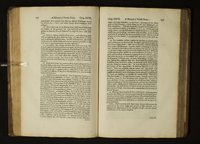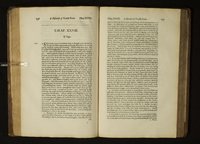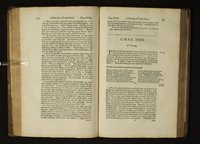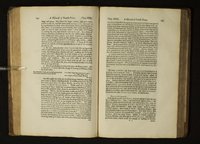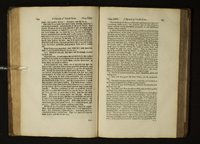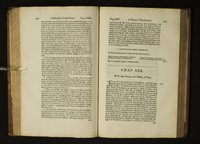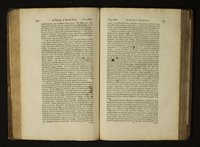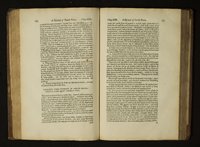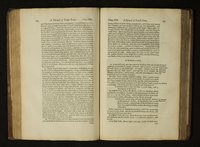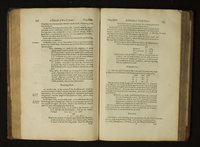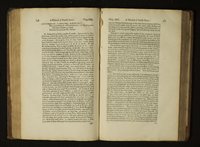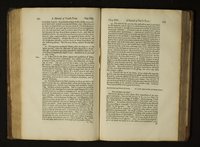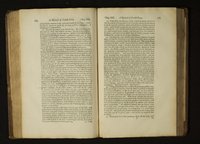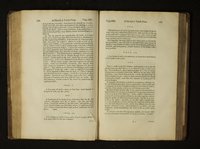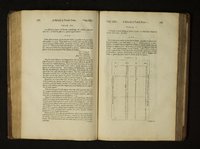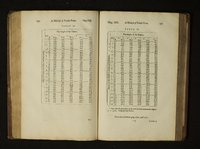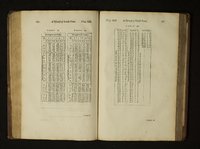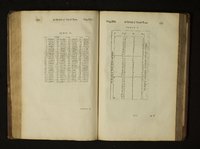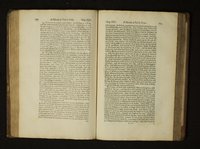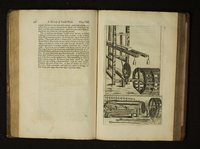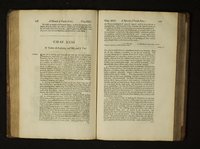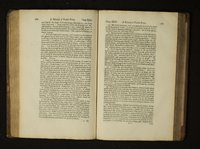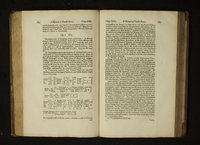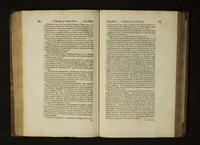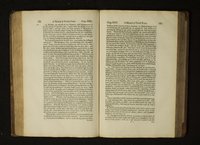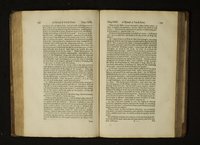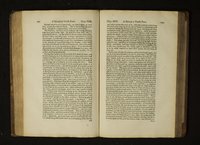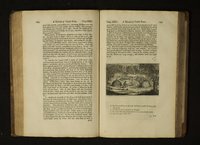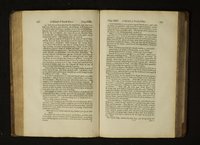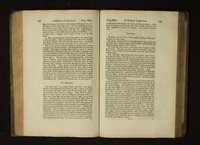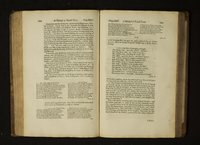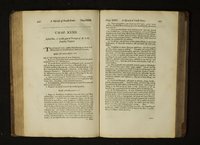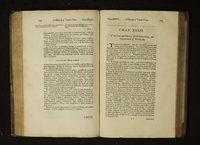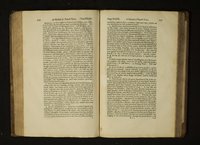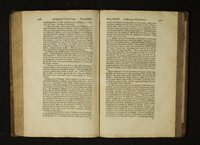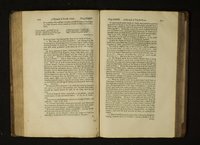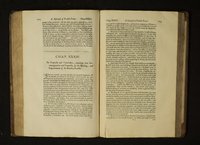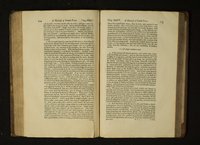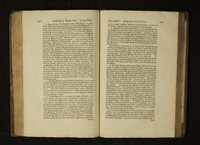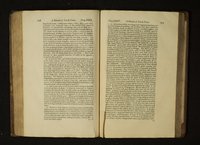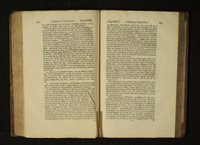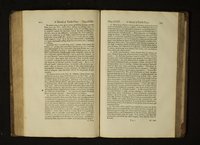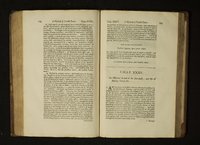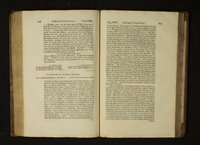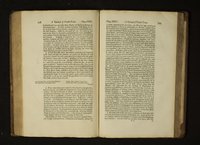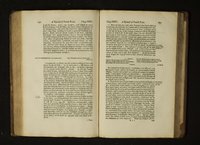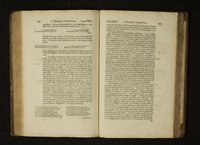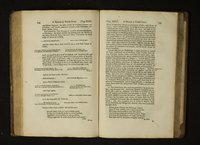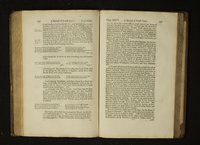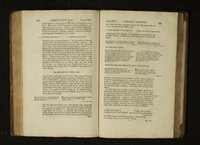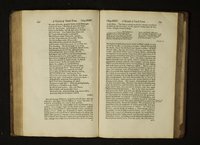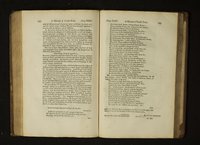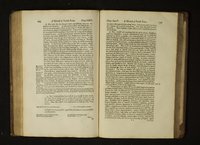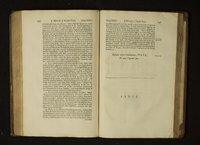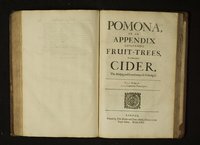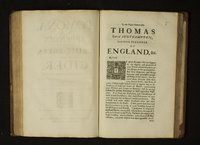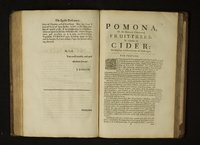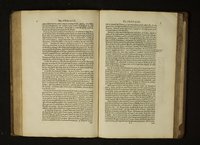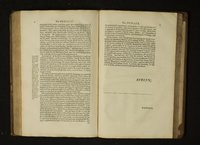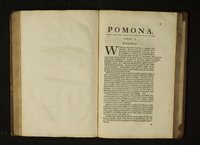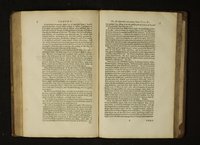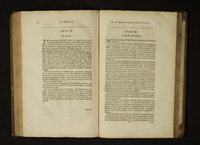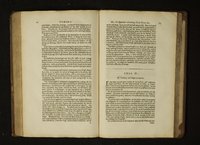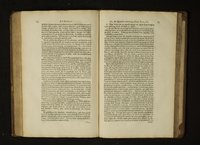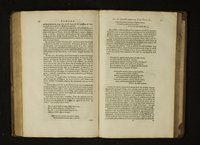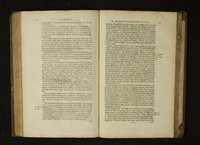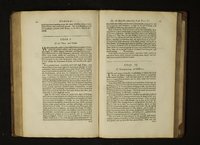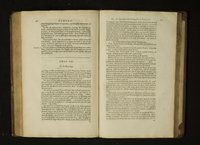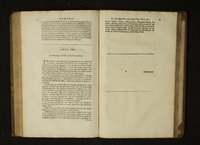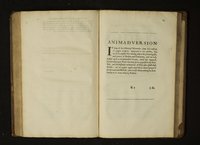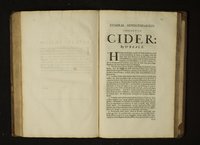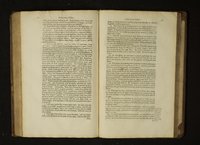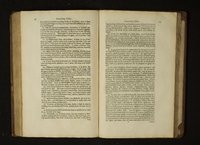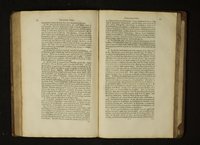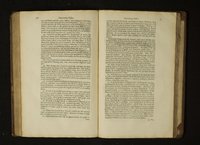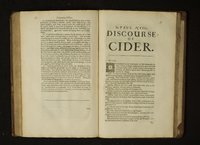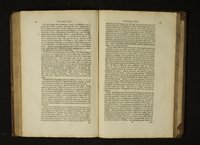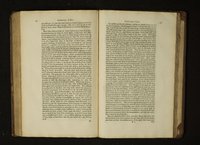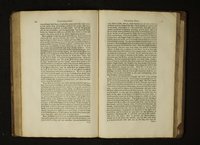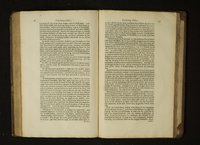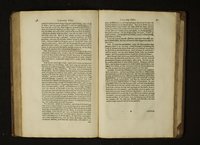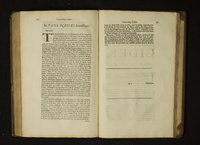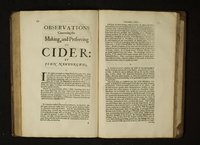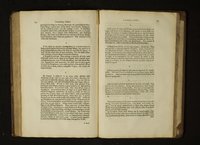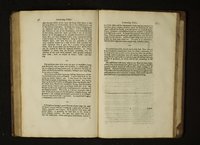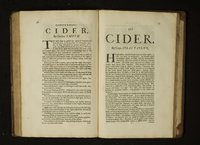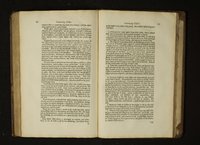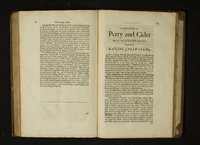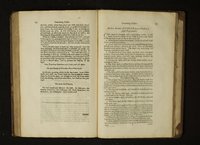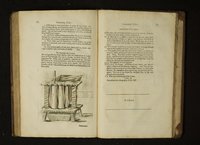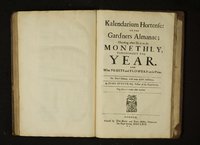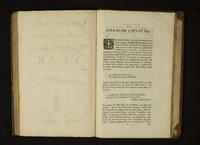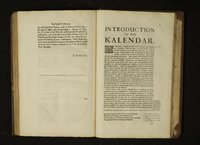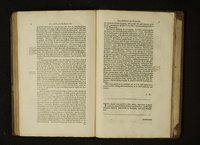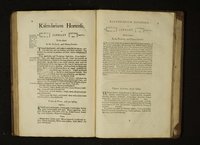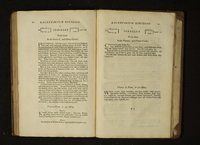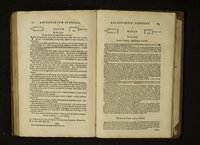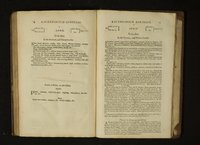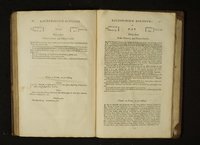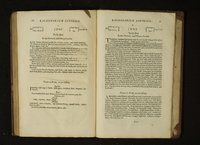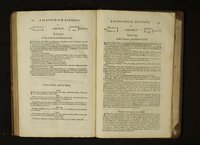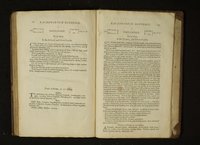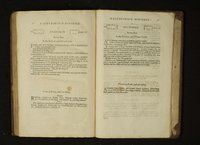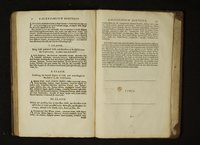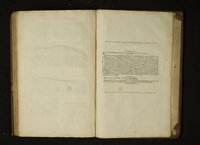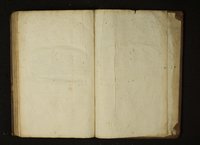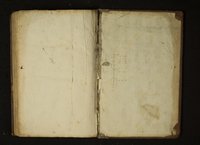| OCR Text |
Show A Difcourfe of Foreft-Trees. Chap. XXIV. But to refumethe difquifition , whether itbe truly fo properfor Shippingis controverted, though we alfo find in Caffzodorus Vor. 1.5. Ep 16.that Theodoric caufed ftore of it to be provided for that purpofe 5 and Plato (who wetold you made Laws and Titles to be Exgraveninit) nominatesit inter Arbores vavenyris utilis. 1.4.leg. and fo does Diodorus l.19, Andas Travellers objerve, there is no other fort of Timber fit for Shipping , fo frequentas this Tree about thofe parts of Afpria, where the 4rk is conjetur’d to have been built; foas thofe vaft Armadas that Alexander the Great caus'd to be Equipp’d and fet out from Babylox , confifted onely of Cyprefey as we learn out of Arrianv in Alex. 1.7. and Strabo l. 16. Paulus Colamenus in his xewina literaria cap. 24. perftringes the moft Learned If. Voffius, that in hisVindicie pro LXX. Interp. he affirms Cyprefé not fit for ships: But befides what we have produc'd, Fuller, Bochartus, &c. Lilins Gyraldus ( lib. de Navig. c. 4.) and divers others, fufficiently evinceit, and that the Ve/el built by Trajan was of that material ; lafting uncorrupt near-1400 years, when it was afterwards found in acertain Lake 3 if it were not rather (as I fu- {pect ) that which 4xeas Silvius reports to have been difcovered in histime, lying under Water in the Numician Lake, crufted over with a certain feruginous mixture of Earth and Scales, asif it had been of Iron ; but it was pronounc’d to be Larix, and not Cyprefs, employ’d by Tiberius. Finally ( not to forget even the very chips ofthis precious wood, which gives that flavour to Mufcadines andother rich Wines ) 1commend it for the improvement of the Air, andafpecific for the Lungs , as {ending forth moft {weet, arid aromatick emiflions, whenever it is either clippd, or handled, and thechips, or cones being burnt, extinguifhes Azoths, and expells the Gnats andFlies, &e, not omitting the Gum which it yields, not muchinferiour to the Terbintine or Lentife, But, ; Quid tibi odorato referam fudantia ligno, Chap. XXV, A Difcourfe of Forett-Trees. material may be had at fuch tolerable rates, as certai nly it might from Cape Florida, the Bermudas, and other parts of the Weft Indias : ¥ fay, Tcannot but fuggeft, that our more Wealt hy Citizens of London, now Building, might be encourag'd to #/é ofit intheir Shops 3 at leaft for Shelves, Comptozres, Chefts, Tables, Wainfc ot,ec. It might be done with moderate Expenfe, efpecially, in fome {mall proportions, and in Faveering, as theyterm it, and mouldings,fi nce befide the everjaftingnefle of the woed not obnoxious to the Worrss and which would alfo bea meansto preferve cloth, and other are from Afoths and corruption; it would likewife be a Cure to reform the Malignity and corrofivenefle of the dir, and even prefer ve the whole City as if it {tood amongft the Spices of the happy Ara- bia, or the profpedts of Mount Lzbanus. Note, that the Cedar is of fo dry a nature, that it will not well endure to be faftned with Nails, from which it ufually fhrinks , and therefore pinus of the fame wood, are better, 17. The Sttiz mention’d in holy Writ, is believ'd to have been akind of Cedar, of which the moft precious Utewfils were formed; fothat whenthey faid a thing was cedro digna, the meaning was, worthy of eternity, CHAP. XXV. Of tbe Cork, Ilex, Alaternus, Phyllyrea, Granad, Lentifc, Myrtle, Jafmine, de, if I forget 14. The Cedar ? which growsinall extreams : In the moift Barbados, the hot Bermudas, the cold New-England ; even where the Svow lyesas(1amaflur’d) almoft half the year - Whythen it fhould notthrive in Old England, I conceive is from our want of indufiry : It growsin the Bogs of America, andin the Afountains of Afia s it feems there is no place afitights it ; I have frequently raisd it of the Seeds, which I fet like the Bay-berries 5 and we might have of the very bef? kind in the World from the Summer Stands, though now almett utterly exhaufted there alfo, and fothe molt incomparable of that facred woodlike to be quite deftroy'd by our negligence, which is by nature almoft eterval, 15. ThusIreadthat inthe Temple of Apollo at Utica, there was found Timber of neartivo thoufand years olds and in Sagunti of Spain a Beam Ina certain Oratory confecrated to Diana, which had been brought fromZant two hundred years before the Deftruction of Troy. 3 16, And hereI cannot omit my Wifhes, that fince this precious material 1, He Cork { Suber | of which there are twoforts (and divers more in the-J#dias ) one of a narrower lefle jagged leaf and perenweal; the other of a broader, falling in Winter ; grows in the coldefi parts OF Bifcany, in the North of New-England, in the South-Weft of France, elpecially the fecond Species y fitteft for our Climate 5 and inall forts of ground, dry Heaths, Stony, and Rockie-Mountains , fo asthe Roots will run even above the Earth where theyhave little to cover them ; all which confider- ed, methinks we fhould not defpair :. Wehave faid where they growplentifully in Frazce; but by Pliny, Nat, Hift, 1. 16. ¢, 8. it fhould fcem they were fince tranfplanted thither 3 for he affirms there were noneeither there or in /taly, in histime :. But Iex« ceedingly wonder that Carolws Stephanus, and Crufius fhould write fo peremptorily, that there were none in Italy, where I my felf have travell'd through vaft Woods of them about Pifa, Aquin.and in divers tracts between Kome and the Kingdom of Naples. The Spanifo Cork isa fpecies of the Enzina , differing chiefly in the Leaf, |

